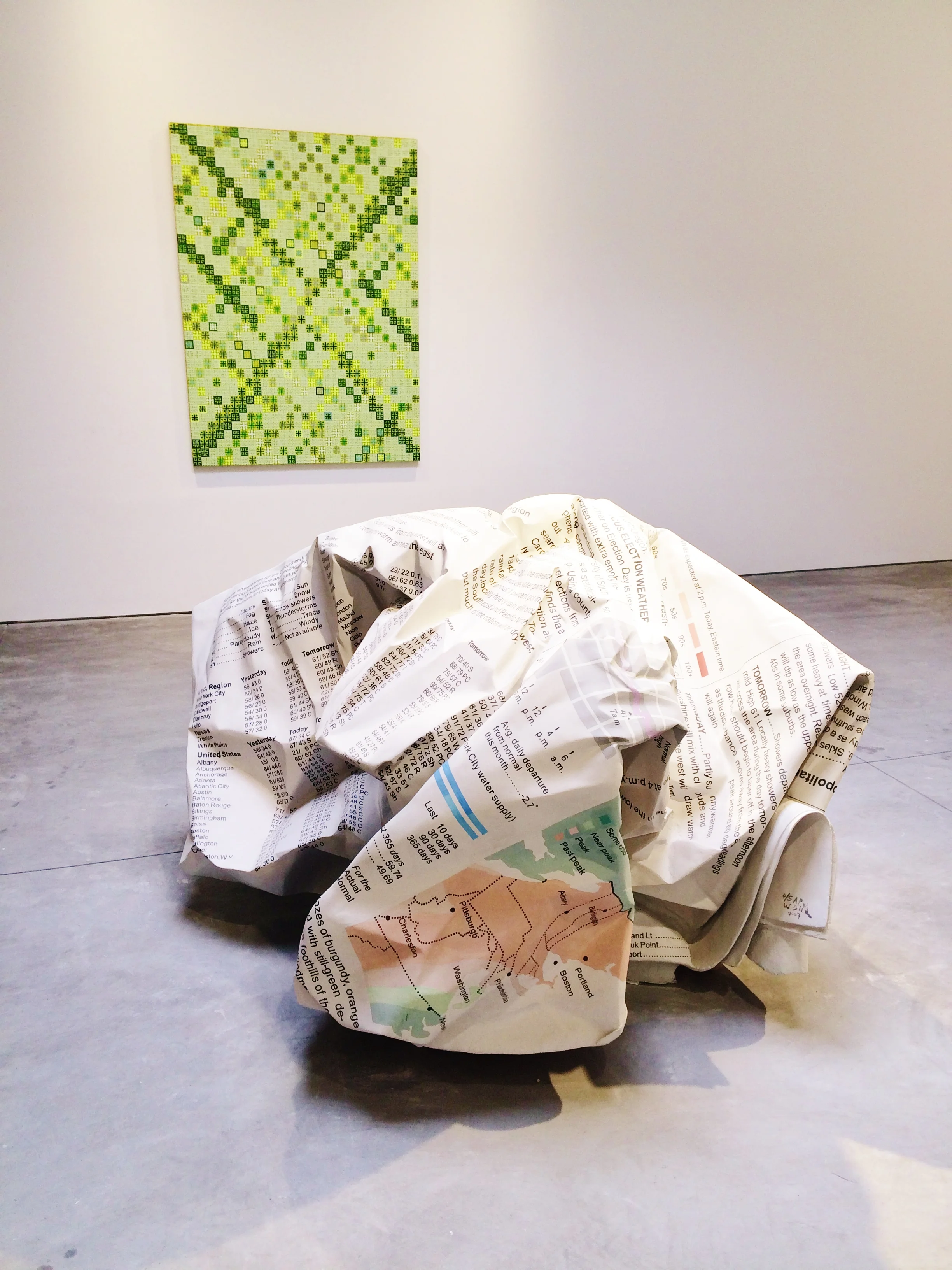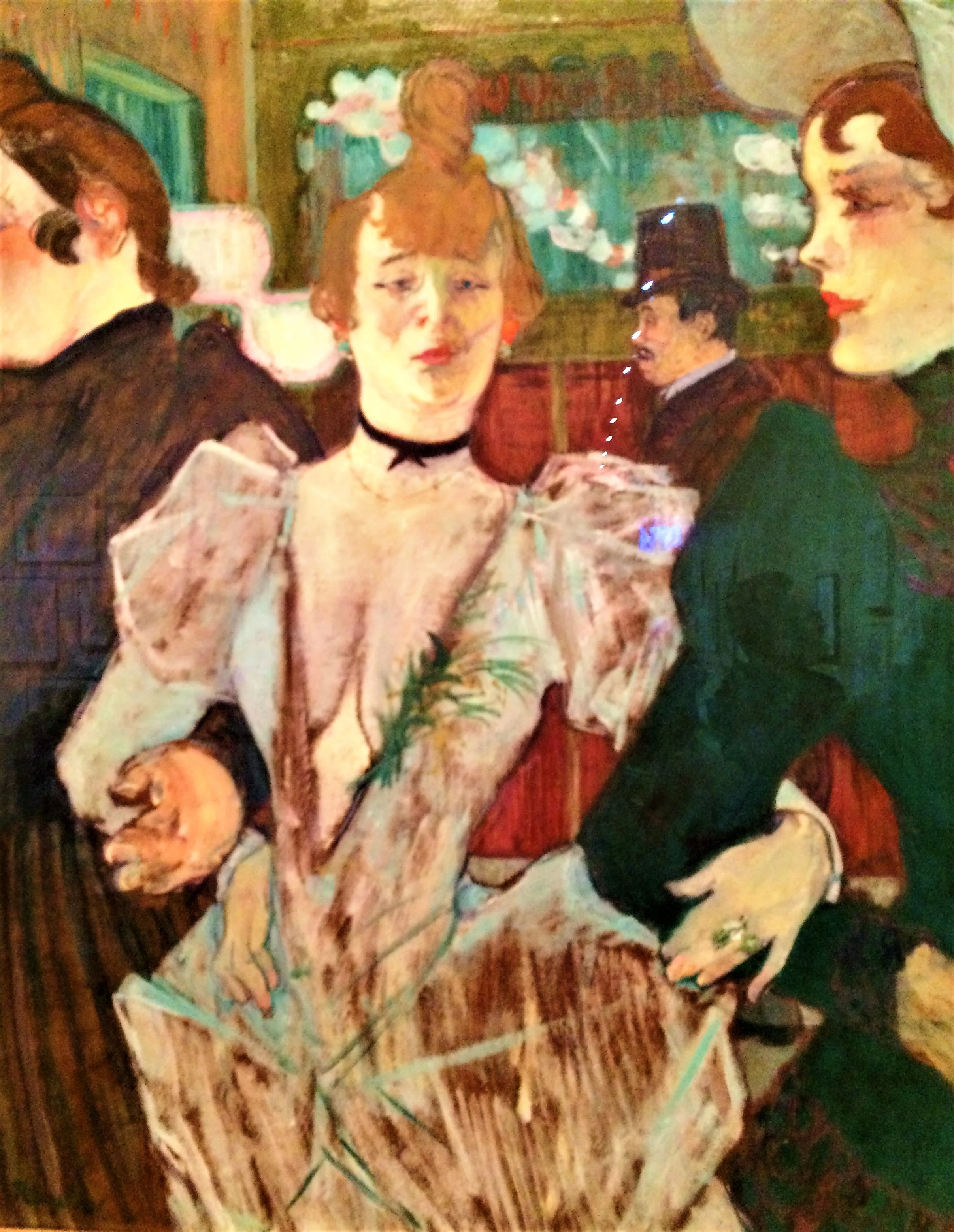From summer into fall, throngs of visitors have found their way through the front doors of the Metropolitan Museum of Art, drawn in part by the arrival ofthe sumptuous exhibition: Sargent: Portraits of Artists and Friends. Consisting of approximately 90 works on paper and canvas, the exhibition was primarily a joint venture between the Met and the National Portrait Gallery of London, with other works drawn from smaller museums and private collections. Of course, for anyone like myself, desperately seeking Paris, the question arises: Wasn’t John Singer Sargent (1856-1925) an American artist? You could say so, but it’s complicated.
Read MoreThe opening of a site-specific exhibit by the French artist, Pierre Huyghe, on the Iris and B. Gerald Cantor Roof Garden at the Metropolitan Museum of Art was a harbinger of spring. I couldn't wait to see it. This is the third installation in a series of works commissioned by the museum, allof which are meant toexplore the relationship of the rooftop to its environs -- that is, to Central Park and to the city.
Read MoreLast week, on a day with China-blue skies and temperatures in the upper 60s, I headed for the Frick Museum to see the exhibition: “Coypel’s Don Quixote Tapestries: Illustrating a Spanish novel in Eighteenth- Century France.”
Read MoreThe opening of the Richard Taittinger Gallery on Tuesday, March 3rd was propitious, or so I thought, coming as it did the same week as the opening of the 17th Annual Armory Show. Hosted at Piers 92 and 94 on the ice-bound Hudson River, the Armory show attracted more than 200 top-flight galleries from around the world. With so many important works of art from the 20th and 21st centuries on display, thousands turned out despite the bitter cold, the snow and ice.
Read MoreCubism, one of the most radical and influential movements of the early twentieth century, attracted Mr. Lauder from an early age, when he fell in love with a painting by Léger. The stupendous collection he amassed—eighty paintings, drawings, collages and sculptures by four preeminent Cubist artists—is now, as he always intended, a promised gift to the museum.
Read MoreThe first time I laid eyes on Madame Cézanne --specifically, Madame Cézannein a Green Hat--I hardly knew what to make of her. Seated in an elegant chair, with a stylish green hat atop her head, she sat with lightly folded hands and tightly pursed lips. The more I studied her, the more I felt I was keeping her from far more urgent matters. Hurriedly, I moved on. When I heard the Metropolitan Museum of Art was mounting an exhibit devoted solely to her, it seemed a bit odd.
Read MoreMoMA pulled out all the stops for its exhibition: “Matisse: The Cut-Outs.” And rightly so. Before reaching these shores, the exhibition had been at the Tate in London whereit drew 500,000 visitors, making it the museum’s most popular show ever. With high expectations, I step off the escalator on the sixth floor to find -- good news-- there's no line. A ticket-taker waves me in, warning me that taking photographs is strictly prohibited. This is when I learn that MoMA has a selection of on-line images available to journalists and bloggers with permission.
Read More“The Paris of Toulouse-Lautrec: Prints and Posters,” the Museum of Modern Art’s first exhibition of the artist’s work in nearly thirty years, consists of nearly 100 works on paper drawn from the permanent collection. I hurry on down. Henri de Toulouse-Lautrec (1864-1901) had the bad luck of being born into an aristocratic family going through hard times. A family in which there had been a good deal of in-breeding. His parents were first cousins, and Henri -- the apple of his mother's eye-- was a sickly child who had the misfortune of breaking both of his legs in separate accidents one year apart. The fractures never healed properly and, when fully grown, Henri was four feet, eleven and would walk with a cane for the rest of his life.
Read More








